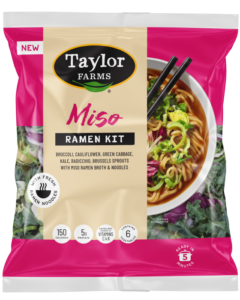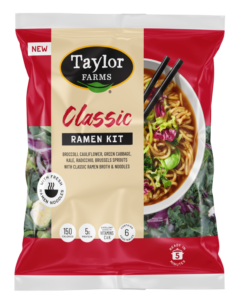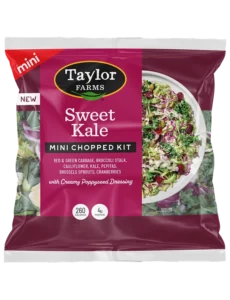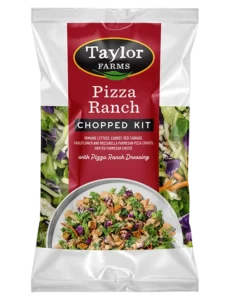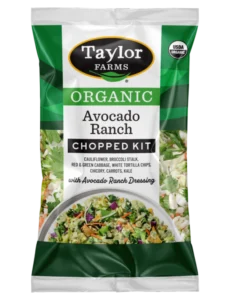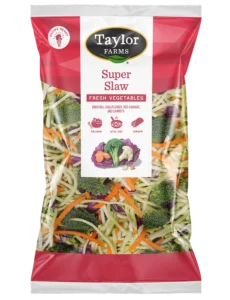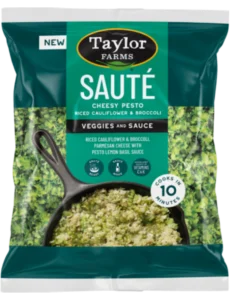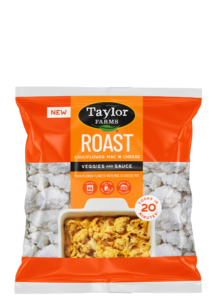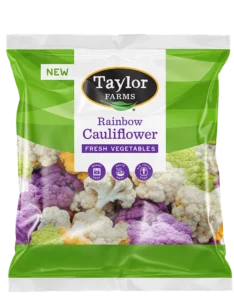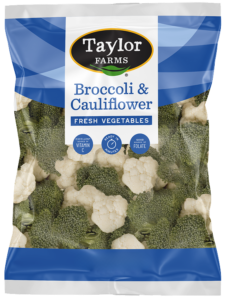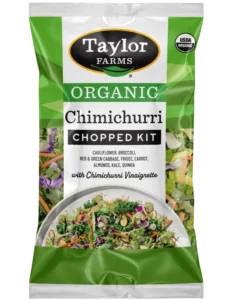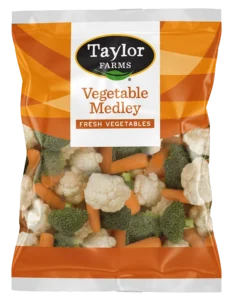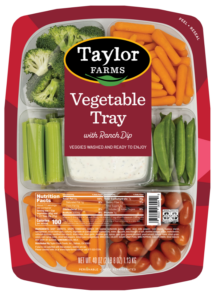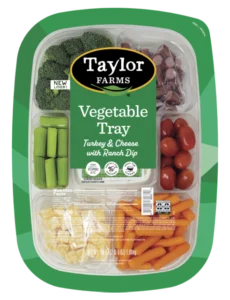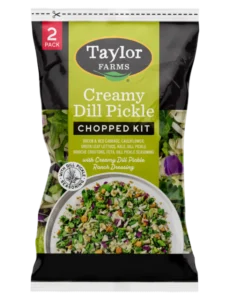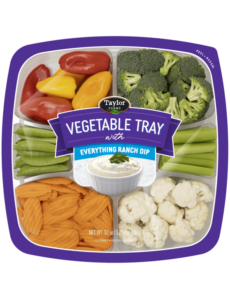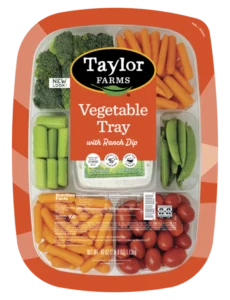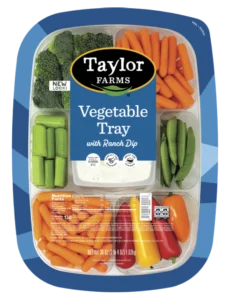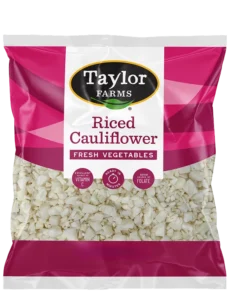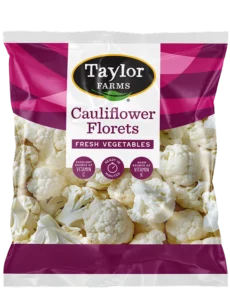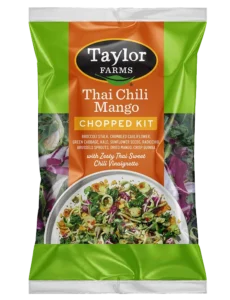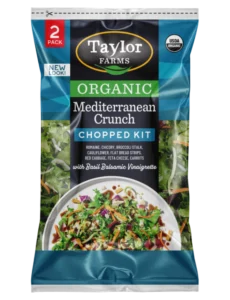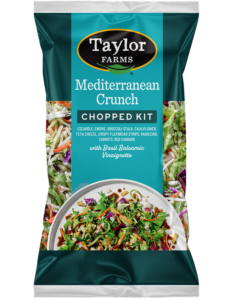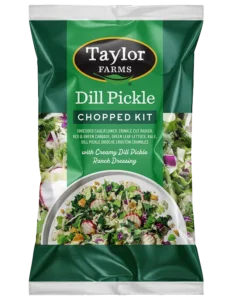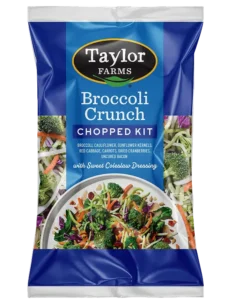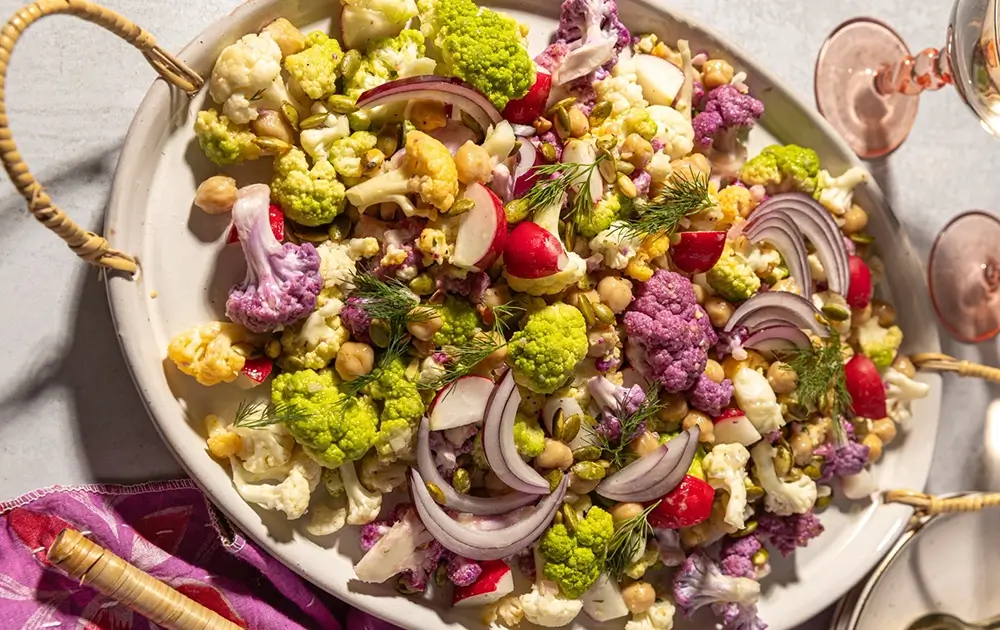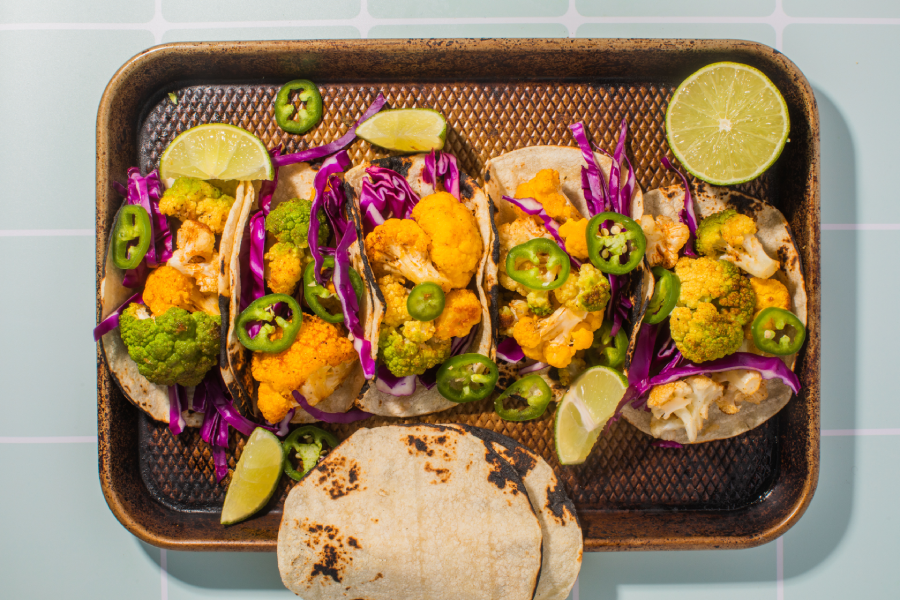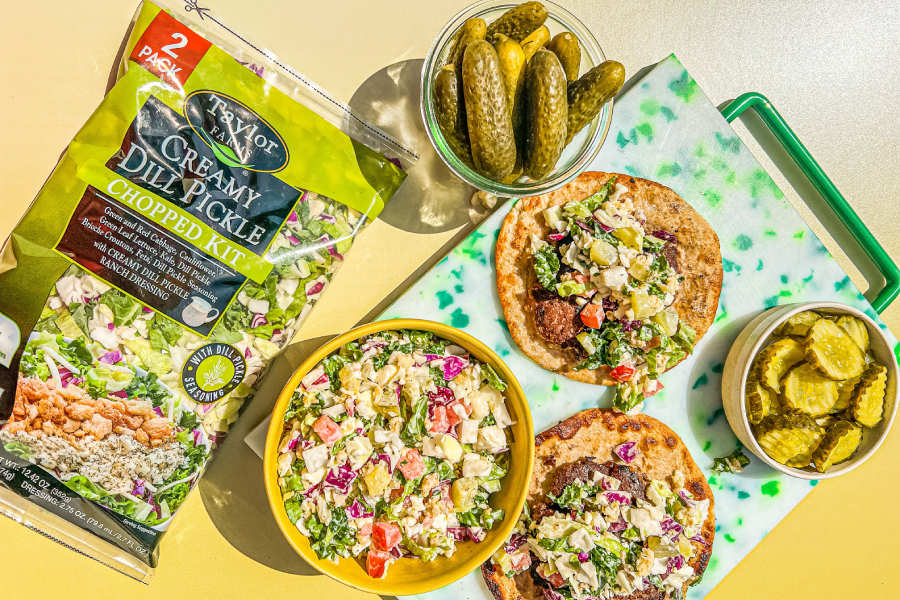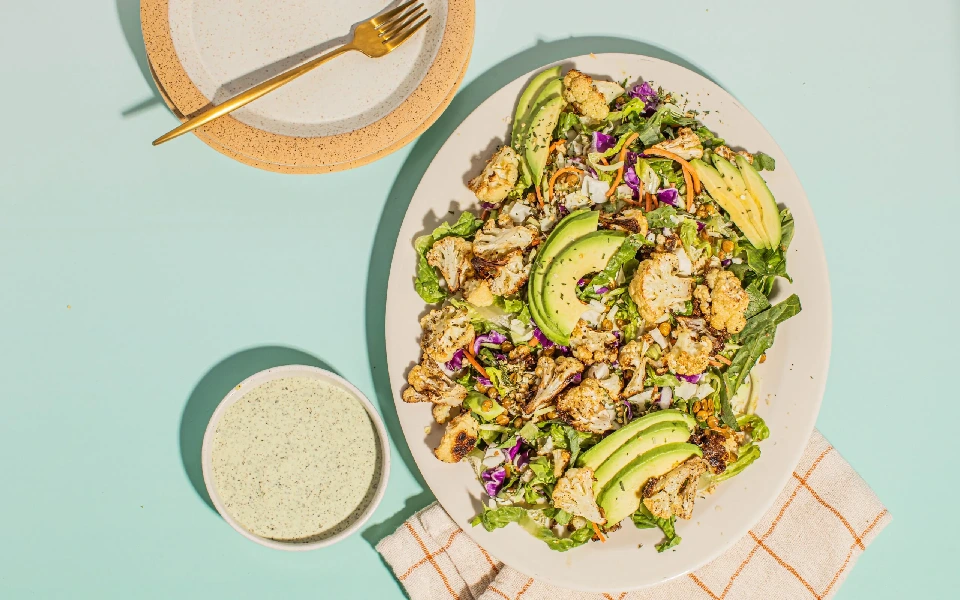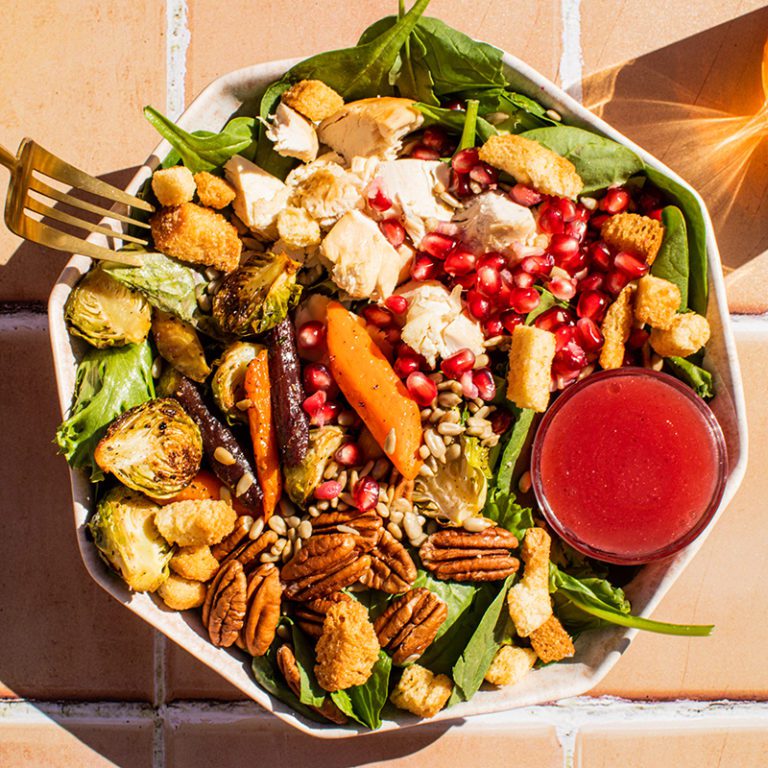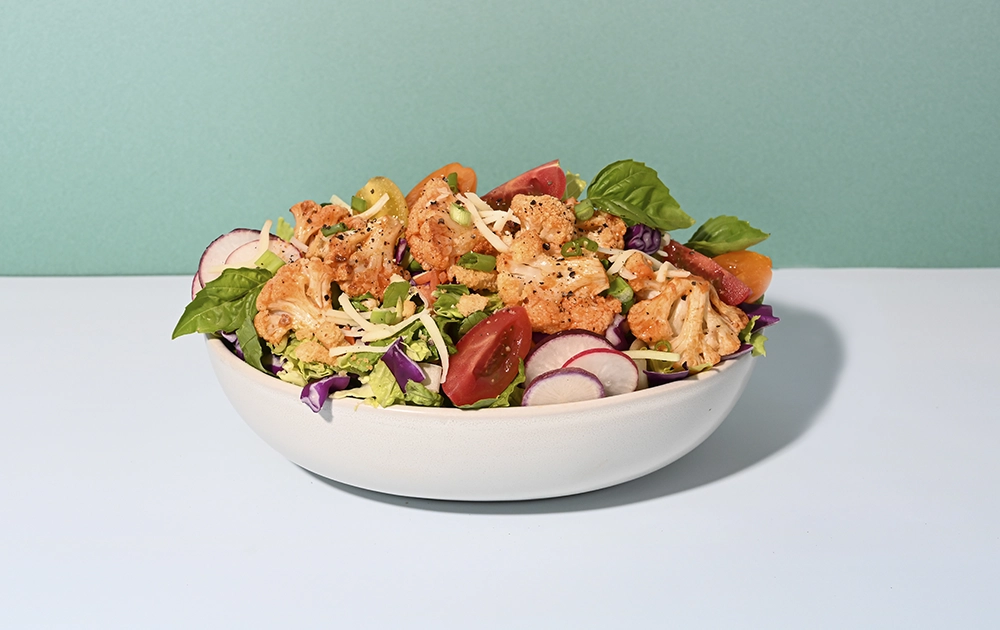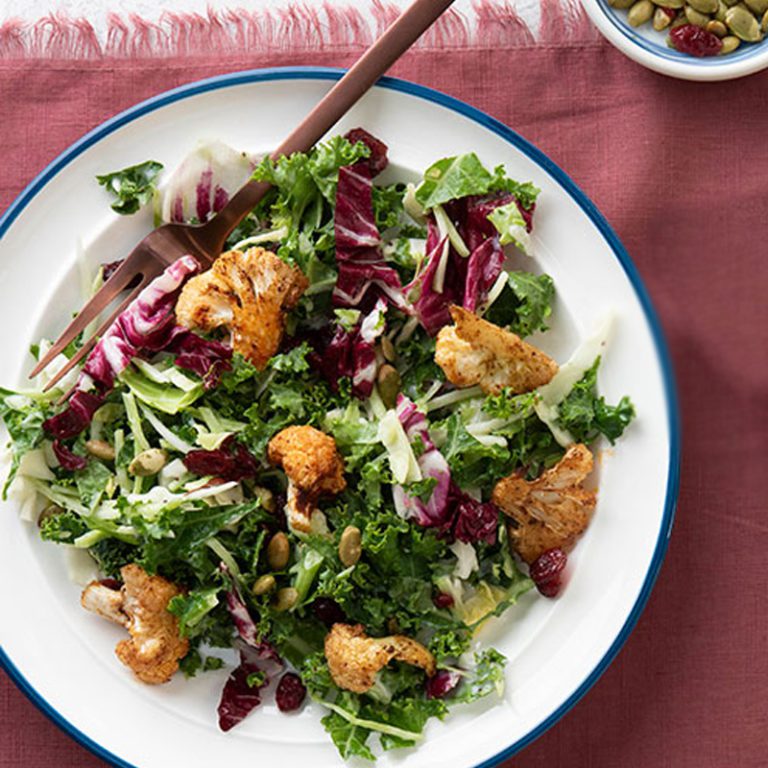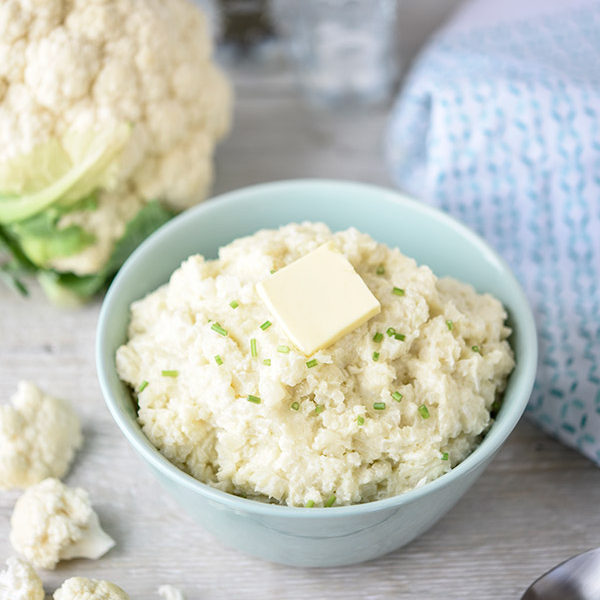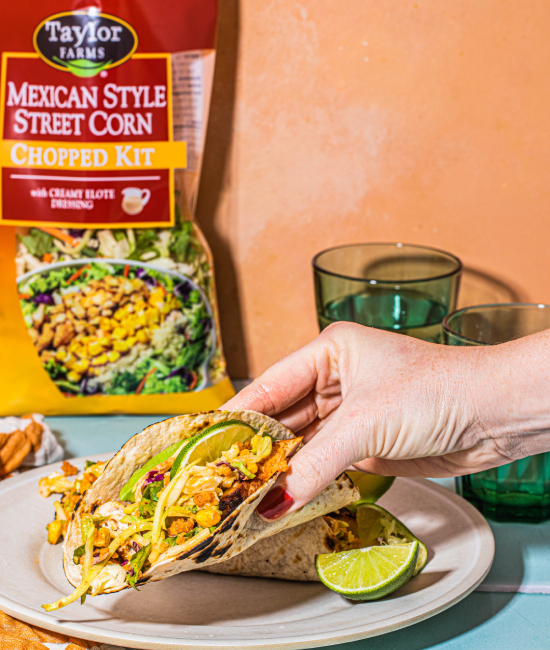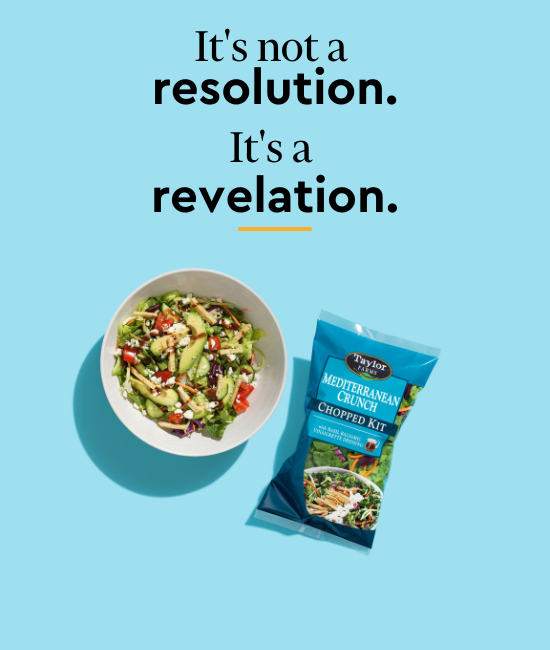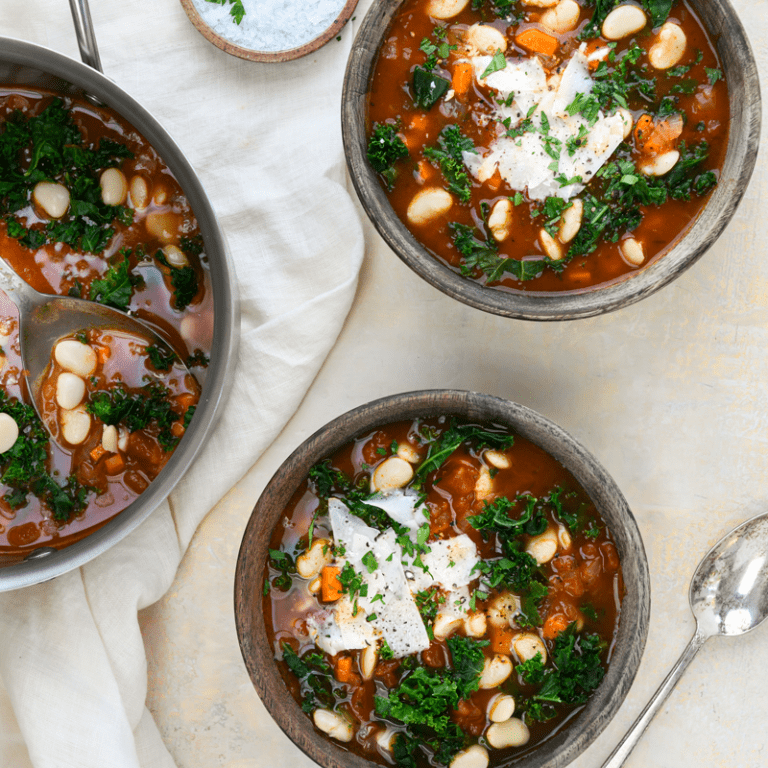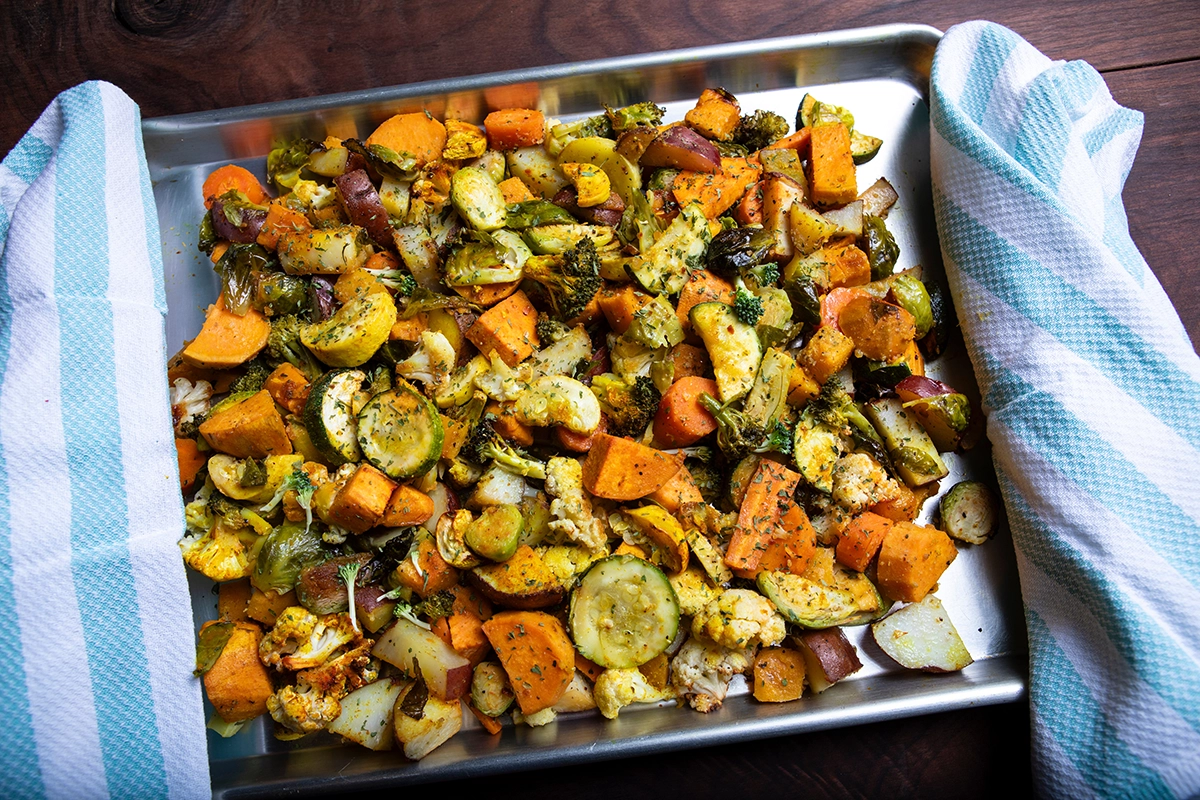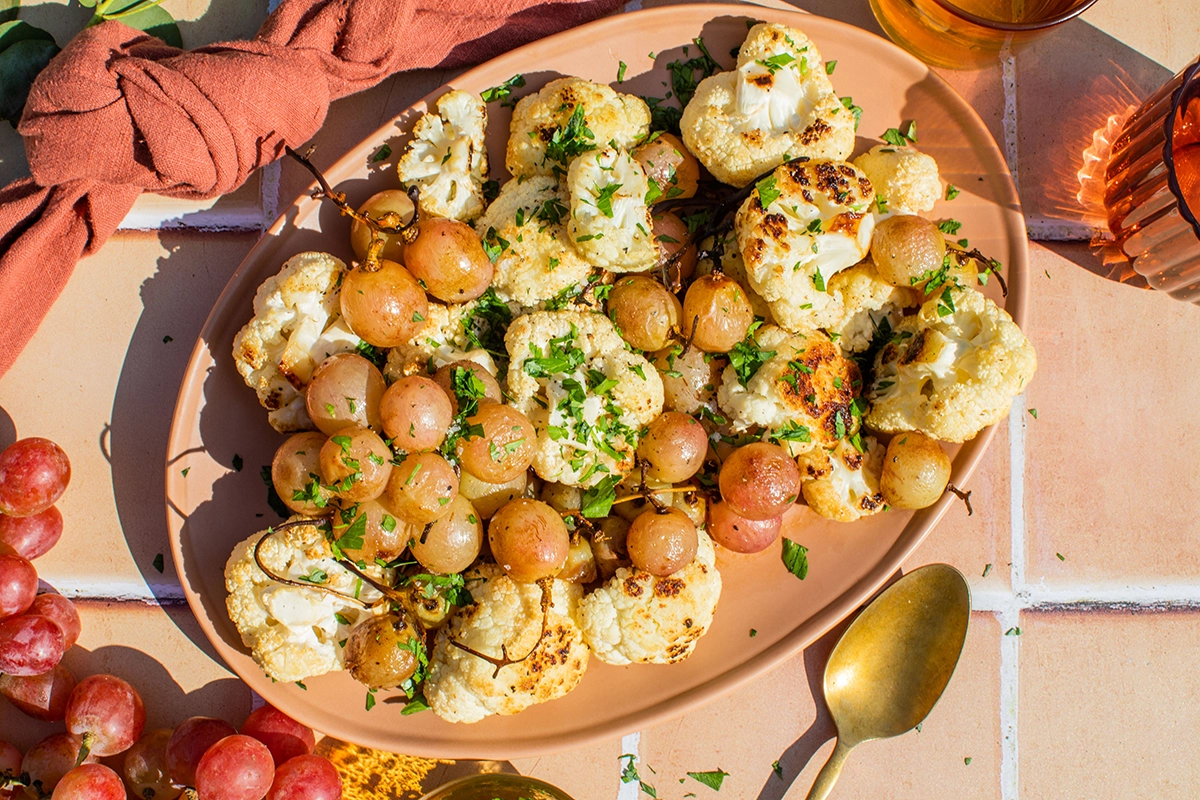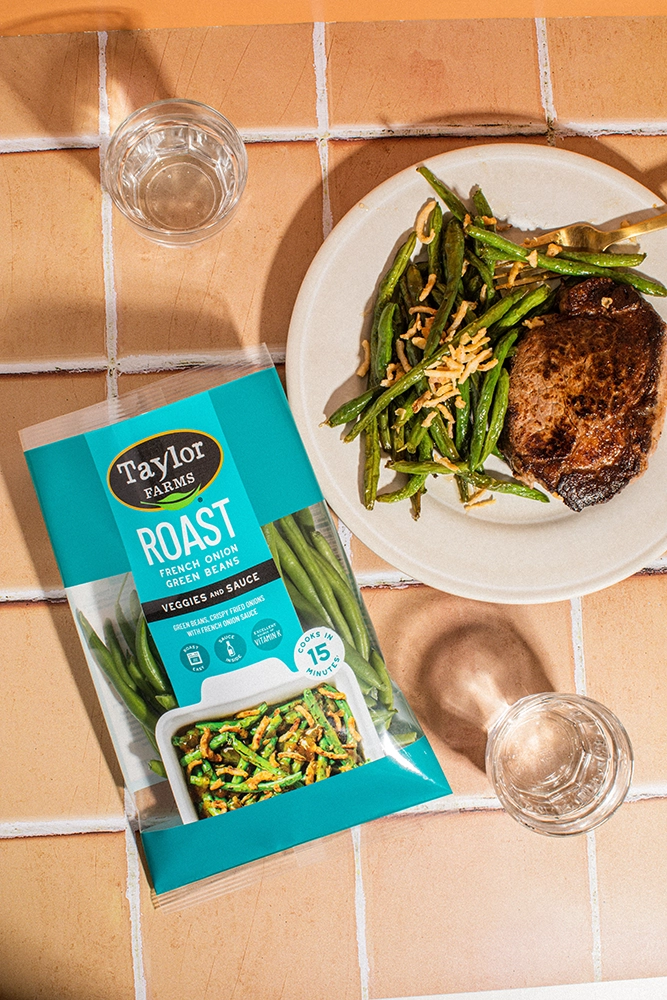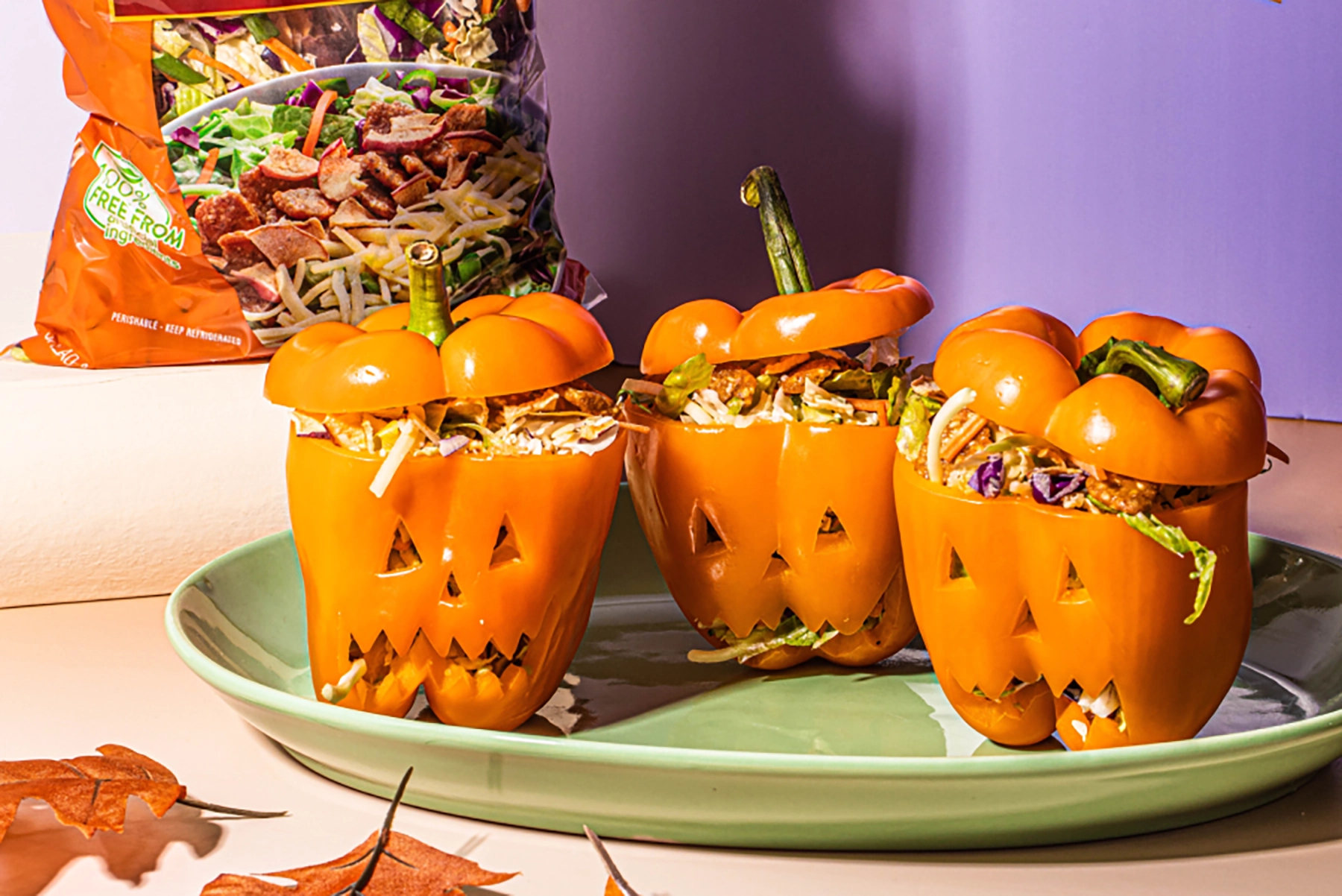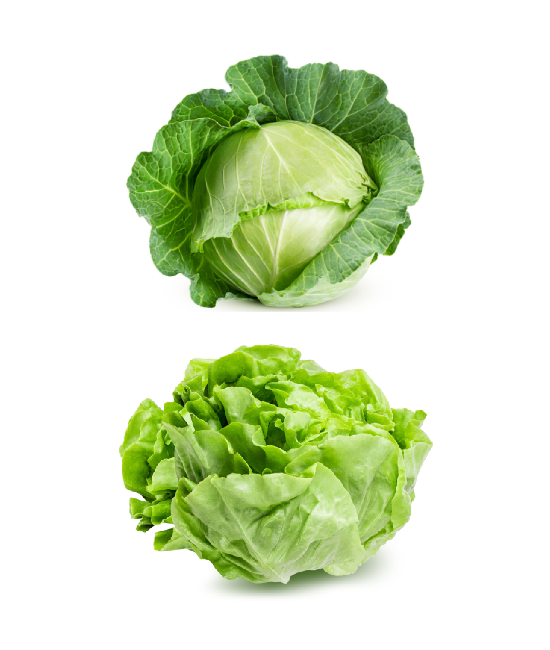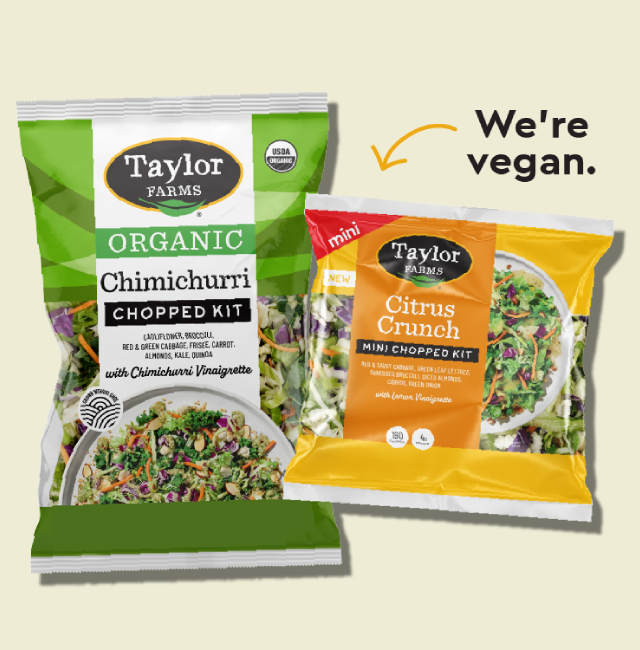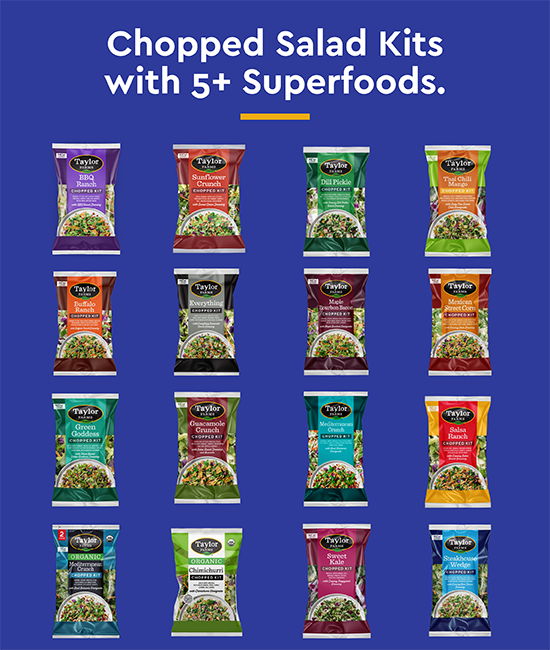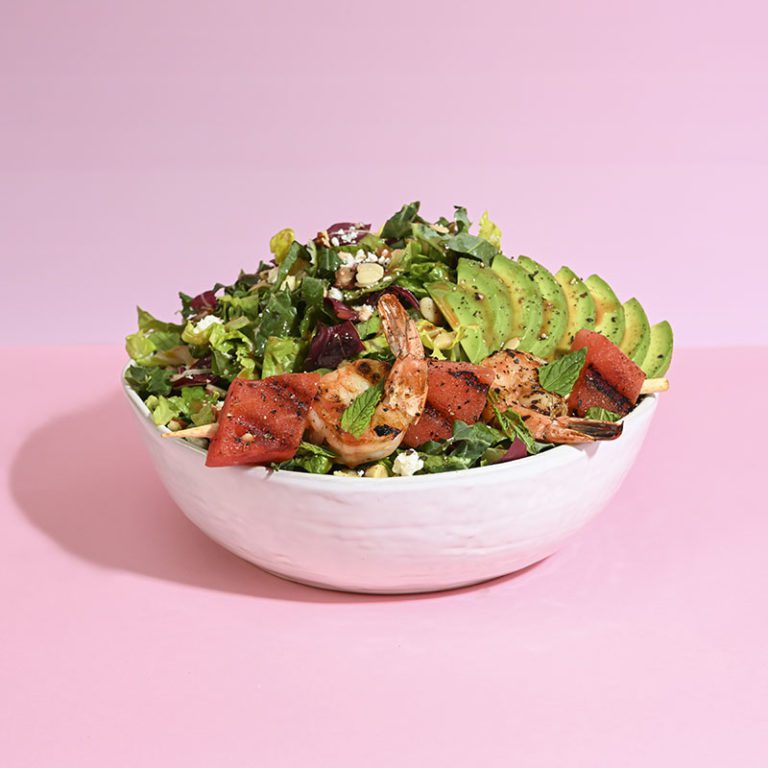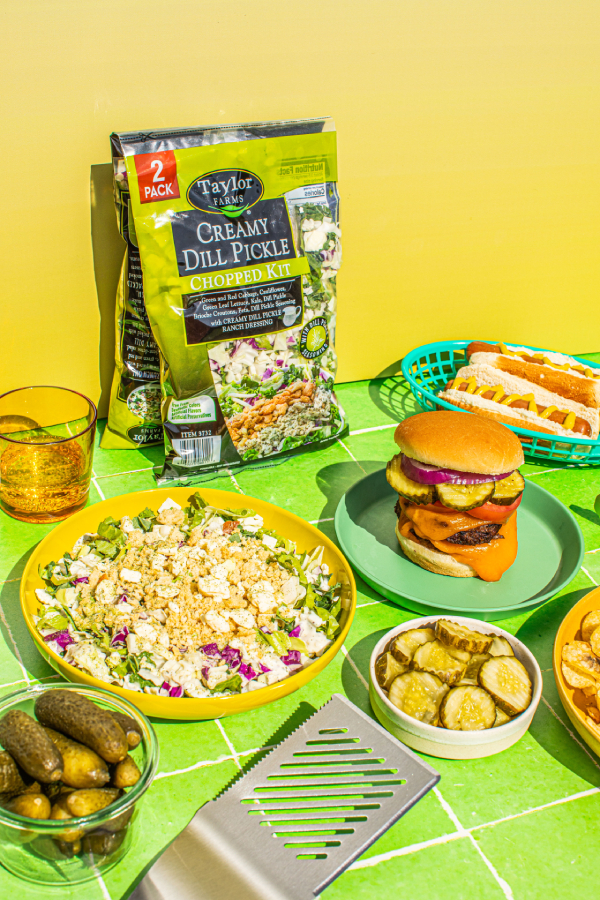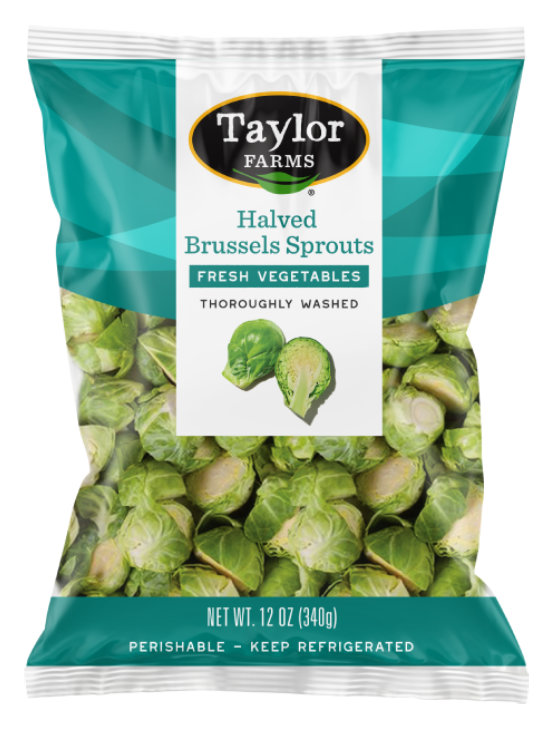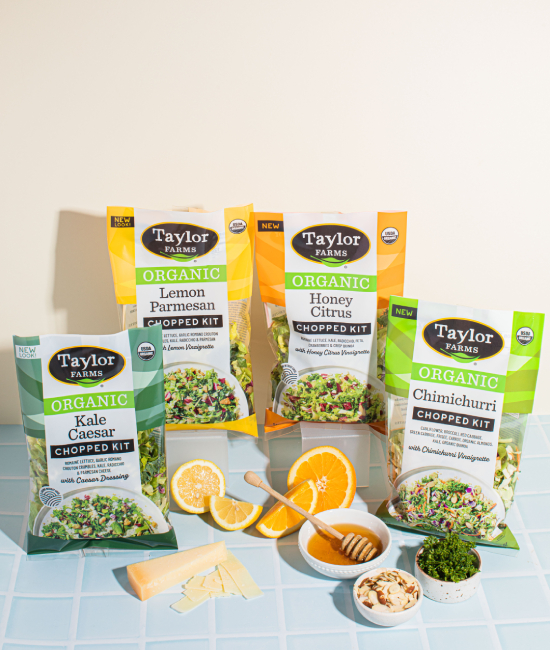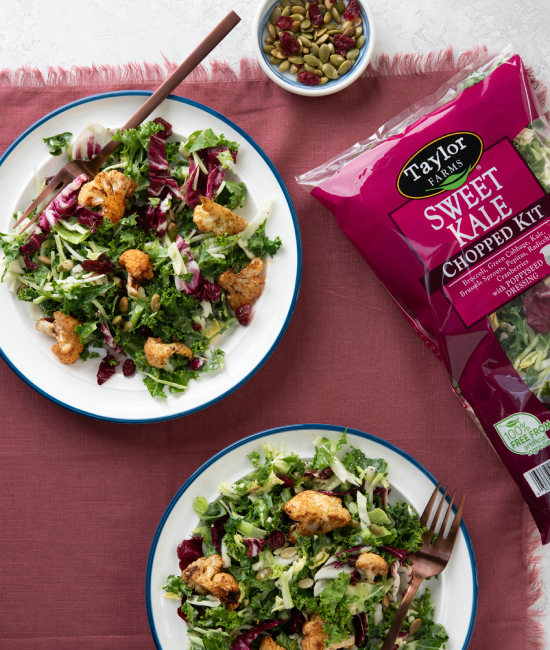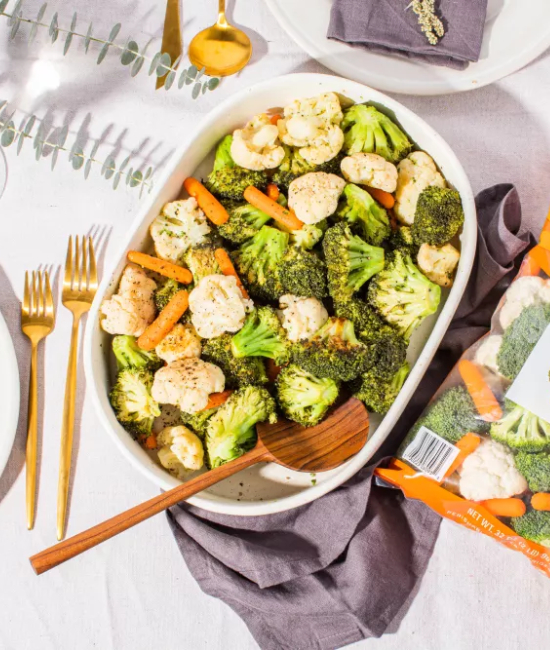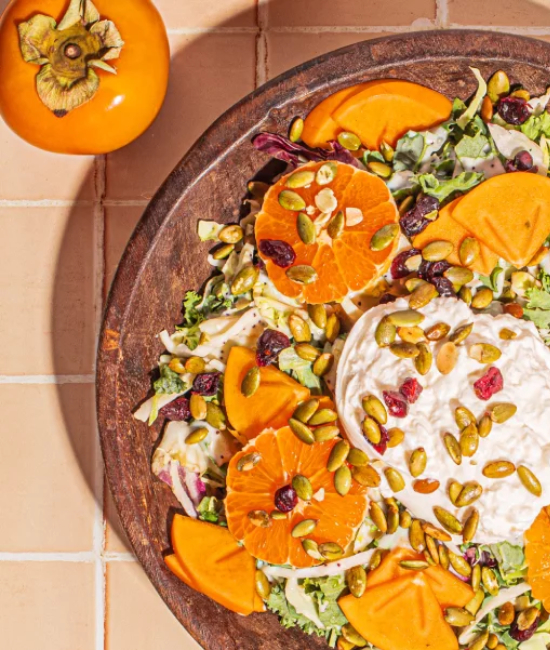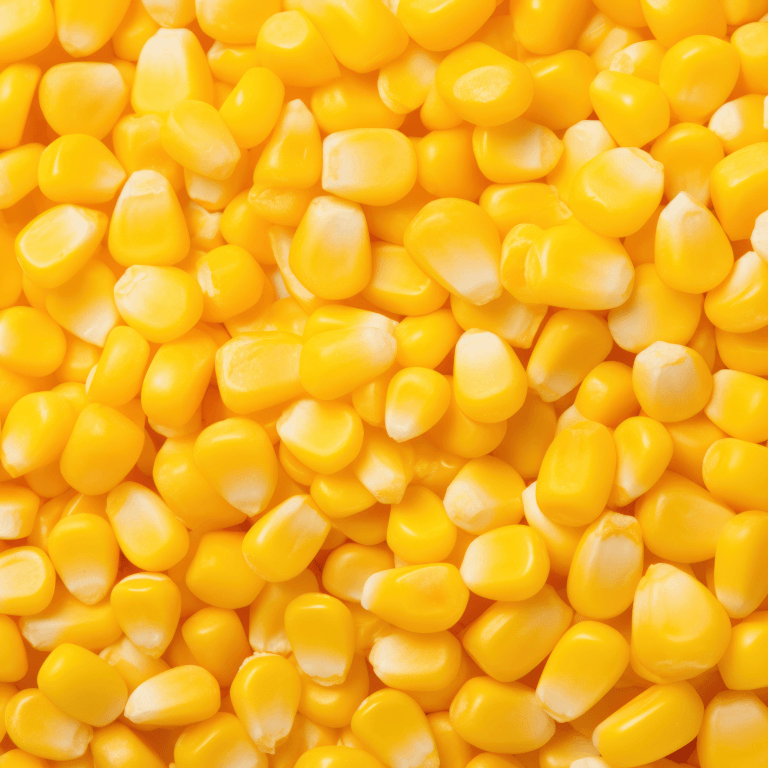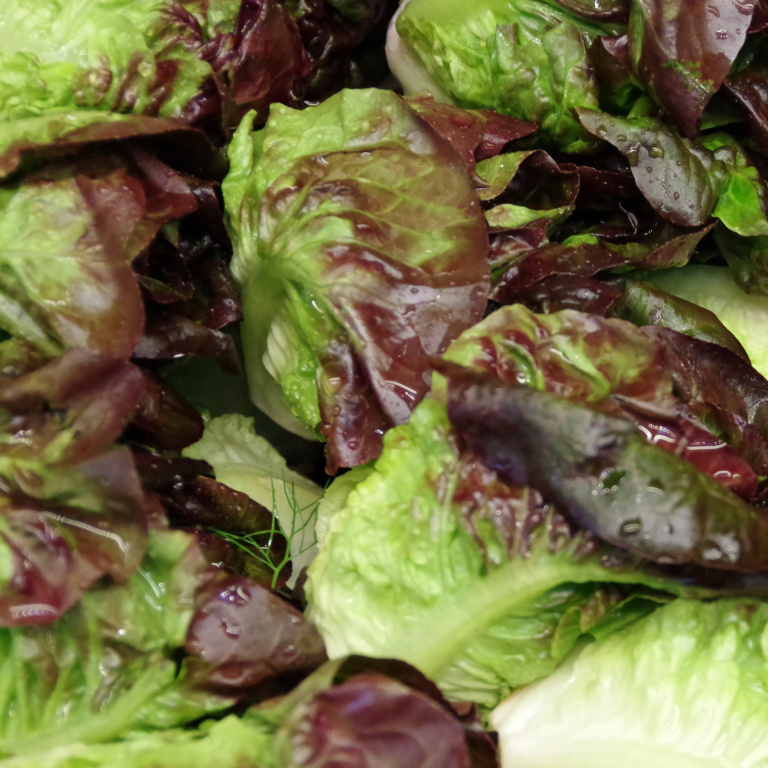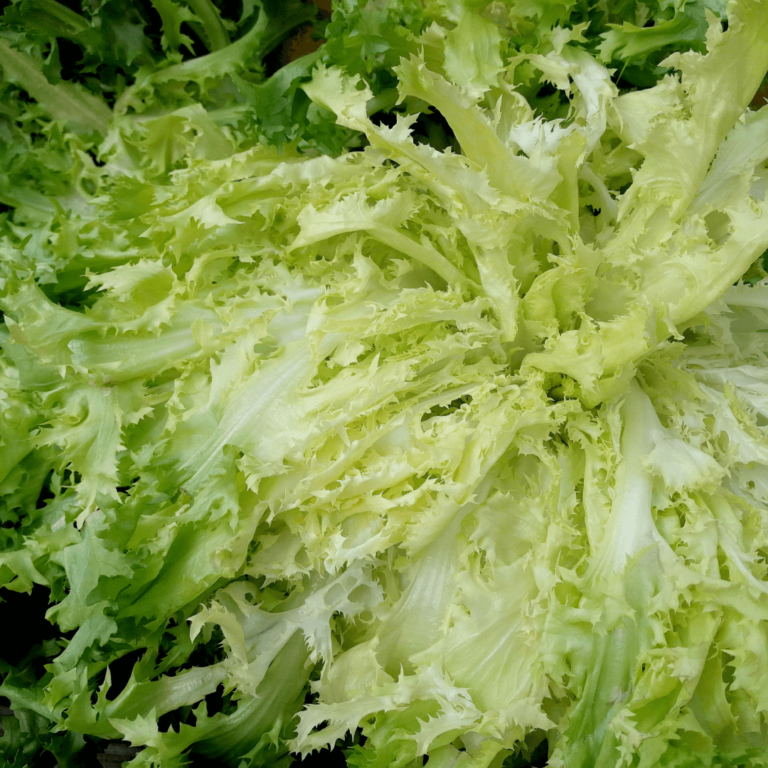Cauliflower at a Glance

Scientific Name: Brassica oleracea var. botrytis
Family: Brassicaceae
In Season: The cooler months of the year, typically in the late fall and winter. However, it can also be grown in some regions during the spring and early summer.
Varieties: Common varieties include white cauliflower (the most widely available), orange cauliflower, purple cauliflower, and Romanesco cauliflower (known for its distinct geometric pattern). Each variety offers slight variations in taste and texture.
Great for: Salads, veggie trays, roasting, baking, steaming, and sautéing. Cauliflower is a very popular low-carbohydrate substitute for starchy foods, making it popular among those following low-carb or keto diets. Cauliflower can be used to make cauliflower rice, cauliflower pizza crust, or mashed cauliflower as healthier alternatives to traditional rice, pizza crust, or mashed potatoes. It can also be used in stir-fries, soups, stews, and as a tasty side dish.
Cauliflower Nutrition
Low in Carbohydrates
High in Fiber
Vitamin C
Common Questions about Cauliflower
Raw cauliflower has a subtly sweet, slightly nutty flavor. It is delicate and mild with a hint of pepperiness. Cauliflower’s crisp texture yields a pleasing crunch when included in salads or used as a vessel for dips. The stalk of a cauliflower plant has a similar texture to broccoli (albeit less bendable), while the head is more crumbly and delicate.
Cooked cauliflower has different tastes and textures depending on the cooking method used. The previously crisp texture softens to a tender, almost creamy consistency, and the flavor profile evolves from a bit peppery to almost sweet. You’ll also get a depth of nutty, savory notes that make cooked cauliflower a cherished ingredient in a wide array of dishes, from purees and soups to roasts and stir-fries.
Growing cauliflower
To determine when cauliflower is ready to pick from your garden, wait until the head is compact, firm, and white. The size typically ranges from 6 to 8 inches in diameter. However, harvest time can be a bit of a judgment call as the plant’s flavor can become stronger if left too long. If the florets start to separate and the head becomes ‘ricey’ in appearance, it’s probably overdue.
Purchased cauliflower
When purchasing fresh cauliflower at the store or market, look for a head that’s clean, firm, and white or cream-colored. The florets should be tightly bundled together, not loose or spread apart. Avoid heads that have brown spots or any other signs of blemish. The leaves should be vibrant and crisp, indicating freshness. Just remember, the fresher it is, the better it will taste, so try to use it within a week of purchase.
Do not wash or cut whole cauliflower before storing, as moisture can promote mold and cutting it can cause the florets to degrade faster. Simply wrap the whole head in a loose plastic bag and store it in the refrigerator — ideally in the crisper drawer. A fresh head of cauliflower will typically last up to a week.
If the cauliflower is already cut into florets, it should be stored in a sealed container or zip-top bag in the refrigerator. They will typically last three to five days.
If you’ve cooked the cauliflower, let it cool, then store it in a sealed container in the refrigerator. It should last for three to five days.
For longer-term storage, yes, you can freeze cauliflower. It’s best to blanche it first to preserve texture and flavor. After blanching, cool the cauliflower, drain it well, and store it in airtight freezer bags. It can last up to a year in the freezer.
Cauliflower is a cool-season crop that prefers moderate temperatures and full sun exposure for optimal growth. Major cauliflower-producing countries include the United States, India, China, Spain, France, and Italy. Different regions may have specific varieties or growing techniques adapted to their local climates.
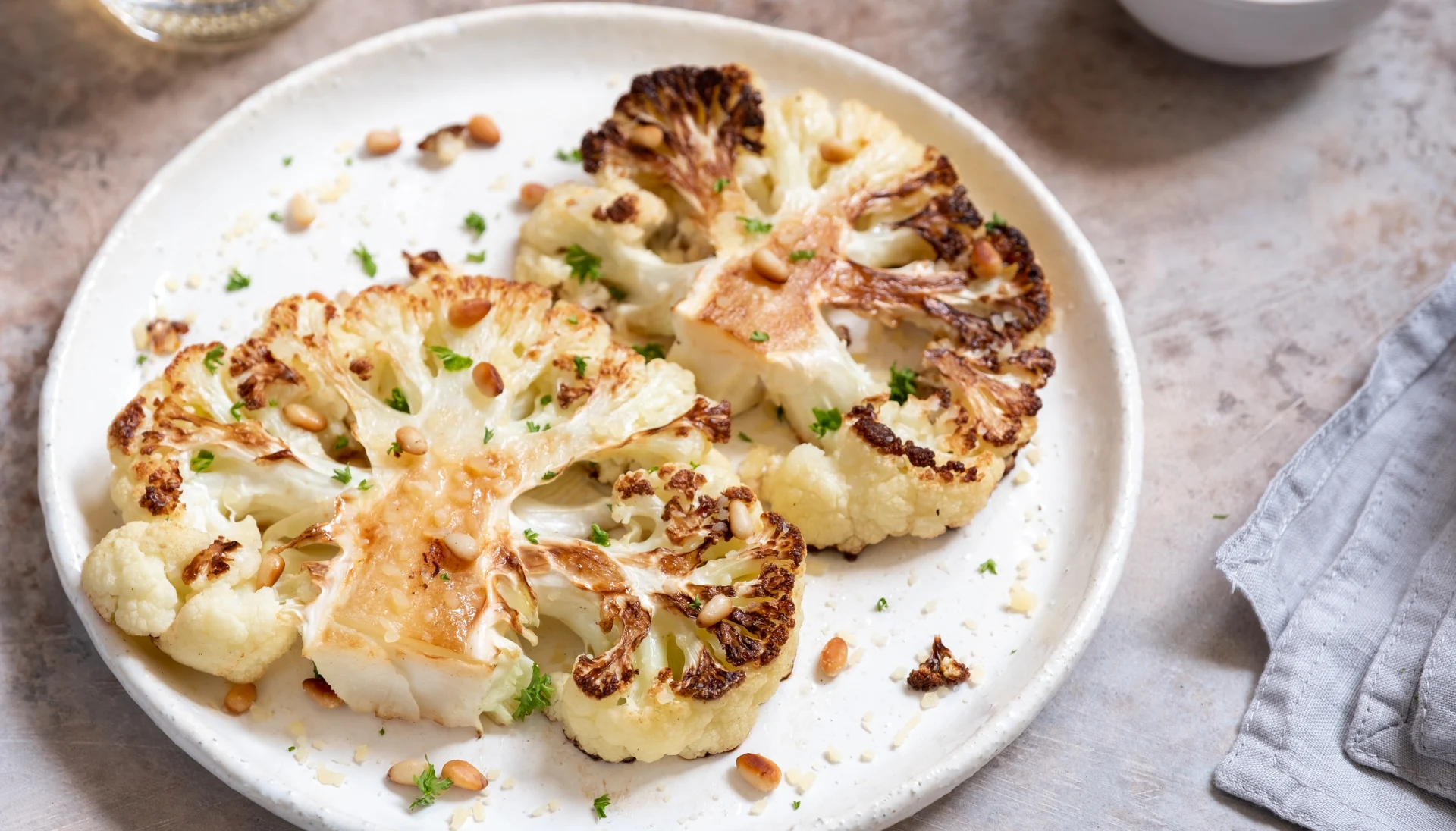
How to cook & serve cauliflower
Cauliflower is truly a culinary chameleon, adapting to a plethora of cooking methods.
Roasting intensifies cauliflower’s sweetness and adds a very delightful crunch. It can be served alongside a roast, tossed into salads, or enjoyed as a snack with your favorite dips.
Steaming preserves nutrients while making cauliflower tender. It’s perfect for a light side dish topped with salt and pepper or for further use in purees.
Boiling cauliflower softens it quickly, which is ideal for mashing as a substitute for potatoes or for incorporating it into soups.
Sautéing cauliflower gives it a crisp-tender texture and slightly caramelized flavor, making it an excellent addition to stir-fries.
Grilling imparts smoky flavors, making it a unique, hearty addition to summer barbecues.
Pickling cauliflower can add tangy flavors and crunch to sandwiches, salads, or as part of a charcuterie board.
Cauliflower’s mild flavor makes it a versatile sidekick. It pairs well with robust spices like curry, turmeric, and cumin, or can be complemented with cheeses, cream, garlic, or lemon. You can also toss it with pasta, use it in casseroles, or even use it to top veggie pizzas.
It’s a star player in vegan and low-carb dishes, too, famously transforming into cauliflower rice, “steaks,” pizza crusts, and even plant-based buffalo wings.

